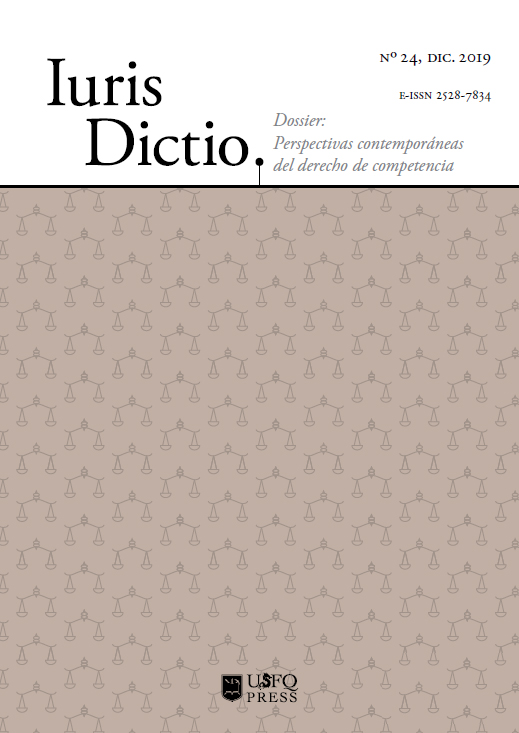(Maikoiyo Alley-Barnes, (Sparkles) Recollection of Wraith, 2012, Image Still. Image courtesy of artist)
The traditional religions of Africa (e.g., E. B. Idowu, African Traditional Religion: A Definition (Orbis Books, 1973)) have been enjoying a period of renaissance both within and outside Africa. Like Africa itself, the traditional religions of the continent are quite diverse and all subtle and complex, in sync with the history, traditional, and cultures form which they emerged,. But the traditional religions of Africa have spread as far as the African diaspora. As Africa's traditional religious traditions took root in new homelands, each has itself adjusted its traditions and practices to suit its history and the traditions of disasporic African communities as they have become embedded within the living histories of the nations of which they now form an important part. In the Spanish colonial Western Hemisphere, Cuba and Brazil proved to be quite fertile ground for the thew old religions in new context.
One of the most interesting and most misunderstood (and as well among the most caricatured) of the religious traditions of Africa naturalized in places like Cuba are those known in the Western Hemisphere as Palo, Palo Mayombe, Monte, Briyumba (or Brillumba), and Kimbisa, and other names. The Spanish word palo "stick" was applied to the religion in Cuba due to the use of wooden sticks in the preparation of religious objects (in Cuba sometimes cauldrons or other objects), which were also sometimes called Nganga, although that term could also refer to the practitioner who could use the object in the practice of the faith. The core of the practice finds its traditional home in what is now known as the Congo. Palo Cristiano represents the encounter between traditional Palo and (mostly) Catholic Christianity, while Palo Judio retains a more purely Congolese religious expression.

Negarra A. Kudumu has recently completed a four part series on Palo as a liberatory and healing technology. The essays are well worth reading and provide a richness of connections to much of the roots of the basic premises from out which ways of understanding the world and engaging with it in societal organization emerges (e.g.,
The Constitution as Nkisi). Ms. Kudumu has kindly given me permission to re-post the essays here at
Law at the End of the Day. They follow below (along with the links to the original posting): (1)
Palo: a liberatory, healing technology (Part I); (2)
Legibility, Palo Aesthetics, and Healing (Part II); (3)
Upholding Palo's Integrity (Part III); and (4)
Notes on Spiritual Attack and Warfare (part IV and series final).
Ms. Kudumu is an independent scholar, published writer, and healer working at the intersection of art and healing with a focus on contemporary art from Africa, South Asia, and their respective diasporas as well as African Diasporic knowledge systems. She holds the title of
Yayi Nkisi Malongo in the
Brama Con Brama lineage of
Palo Mayombe; she is a lay person in the
Lukumi Pimienta lineage; a practitioner of
Espiritismo Cruzado, and a level II
Reiki practitioner. Ms. Kudumu's blog may be accessed
here. Homepage
here. Both pix are from Ms. Kudumu's website.




























